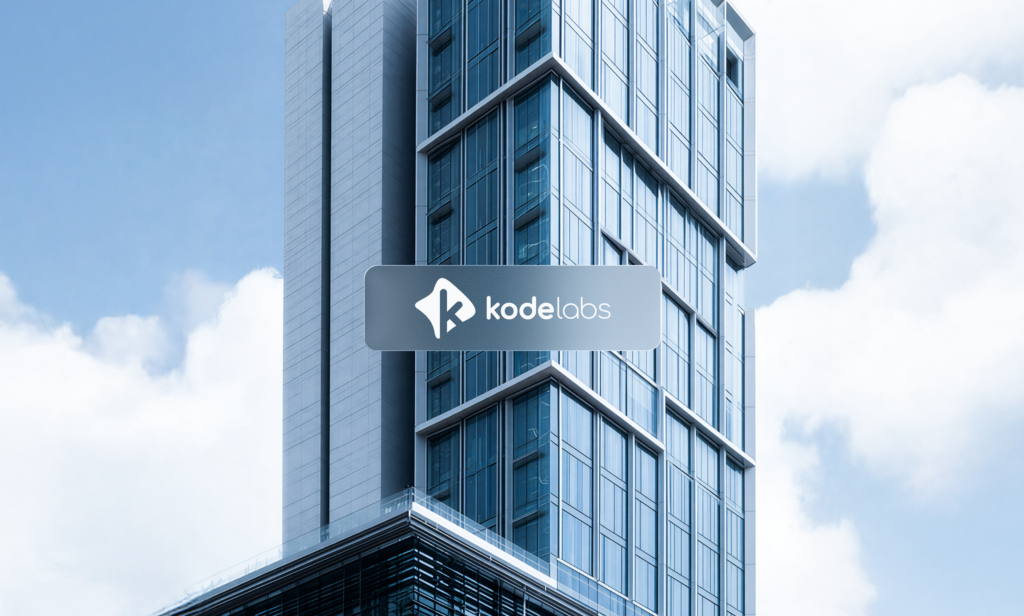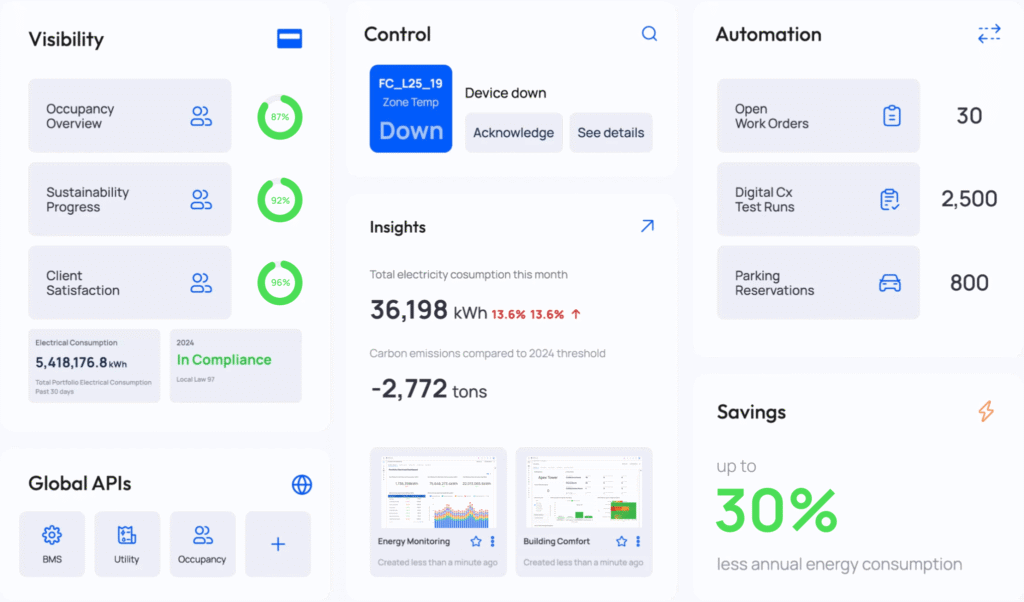On this page
Sign up to our newsletter
Subscribe to receive the latest blog posts to your inbox every week.
By subscribing you agree to with our Privacy Policy.
As the temperatures slowly begin to rise and the demand for comfort increases, building operators know that the cooling season brings a new set of operational challenges. Just like heating systems need a seasonal check-up in the fall, cooling systems require thorough testing in the spring to ensure optimal performance when summer hits.
A proactive approach to seasonal testing not only helps prevent mid-summer breakdowns, but also supports energy efficiency, occupant comfort, and long-term equipment health.
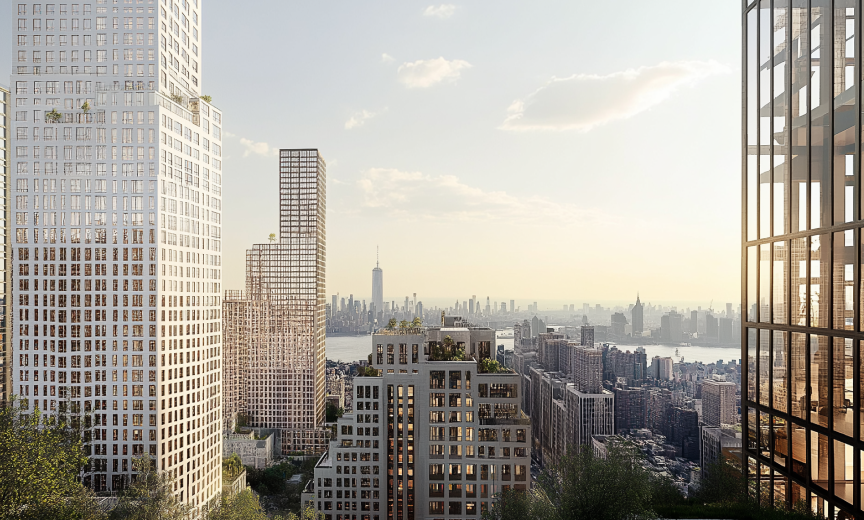
Here’s a checklist to help you get your building cooling-ready for the warmer months ahead.
Run Pre-Summer Functional Tests
Before the cooling demand peaks, it’s critical to verify that equipment is functioning as intended. Run cooling-specific Functional Tests (FTT) routines such as:
- AHU Cooling
- FCU Cooling
- VAV Damper
These digital commissioning routines simulate conditions to test equipment functionality and flag any underperformance before it impacts occupant comfort. Consider setting up recurring tests in early mornings or late afternoons, when occupancy levels are at their lowest, for minimal disruption.
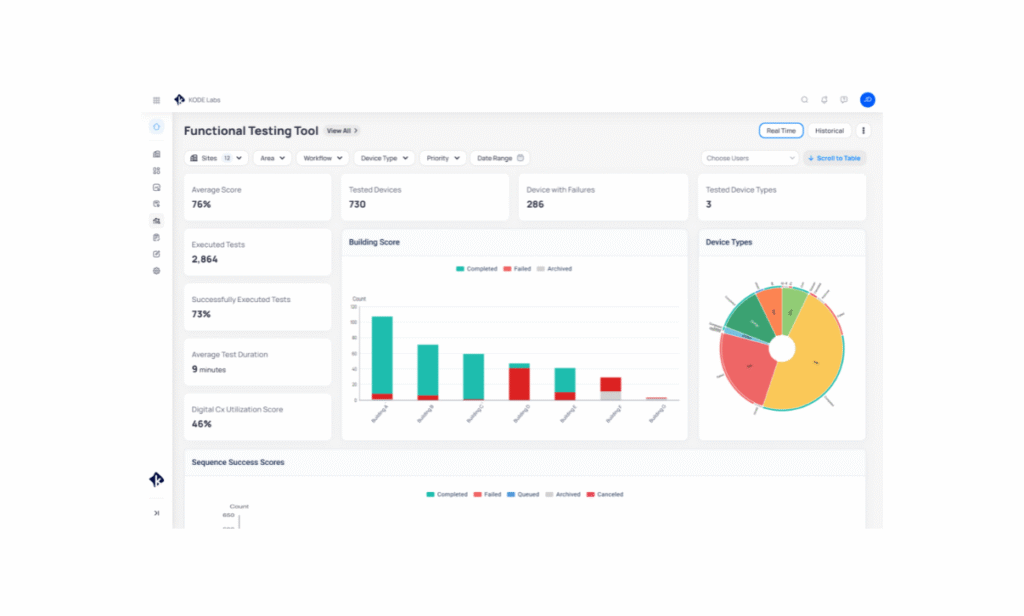
Check for Cooling-Related Faults
Cooling season is prime time for faults like:
- Stuck dampers
- Overcooling zones
- Simultaneous heating and cooling
- Sensor calibration issue
Throughout the cooling season, Fault Detection & Diagnostics (FDD) will continuously monitor equipment performance and identify any faults and inefficiencies, keeping you informed on the root cause of the fault, frequency and impact. Some cooling related routines you should keep an eye on that impact cooling operations include:
- AHU: Insufficient cooling operation with discharge
- AHU: Cooling stuck open
- VAV: Cooling off in cooling mode
- VAV: Damper operation failure in cooling mode
- FCU: Inefficient cooling operation
- Loop Systems: Chilled/Condensed water loop temperature greater than setpoint
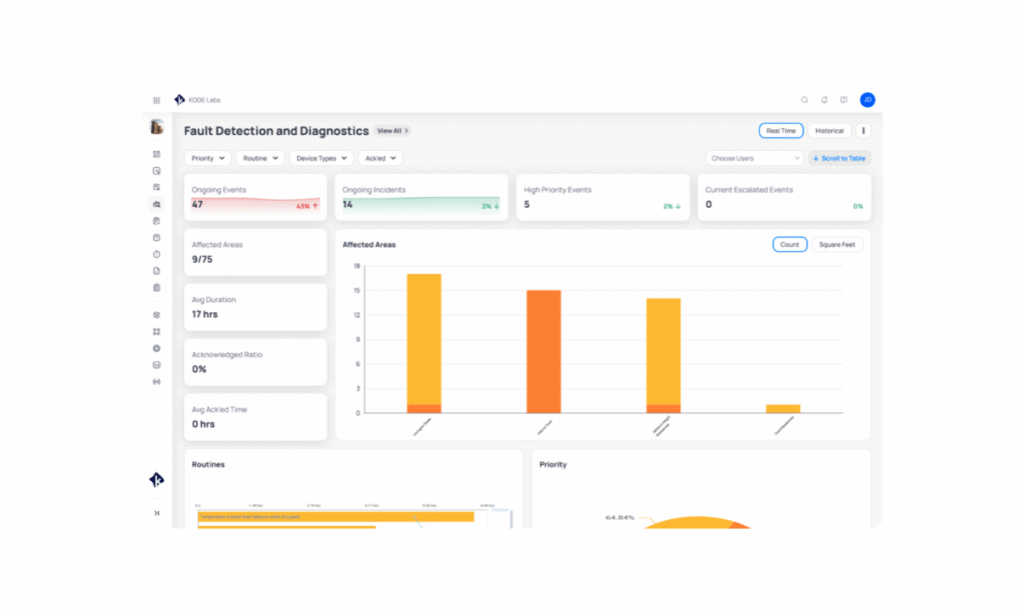
Review Setpoints & Schedules
Warmer weather requires seasonal adjustments. Make sure you review:
- Zone temperature setpoints
- Cooling coil discharge temperatures
- Time of day and occupancy schedules
Utilize the functionality to apply mass point updates or changes in schedules across multiple sites or systems, ensuring comfort and efficient operations.
Monitor Comfort & Energy Performance via Building BI Dashboards
With higher cooling demand comes increased energy consumption. Utilize Building BI dashboards to monitor energy consumption and identify any anomalies before they drain energy usage and overload equipment performance.
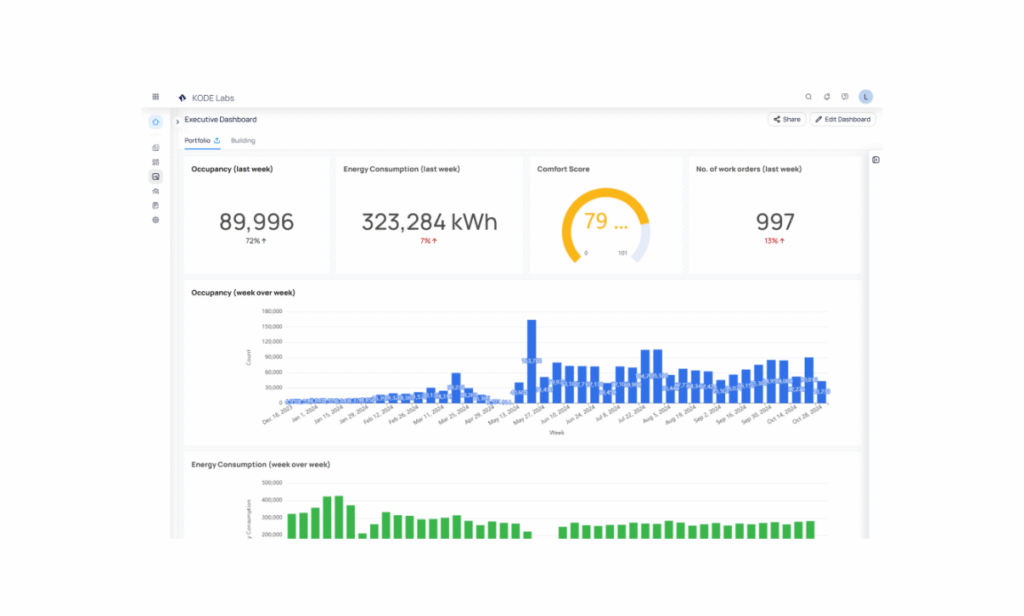
Account for Rising Costs Across the Market
Cooling season preparation isn’t just about performance anymore, it’s also about managing cost risks. With recent spikes in surcharges on refrigerant, stacked on top of existing price hikes from raw material costs, tariffs, and supply shortages, HVAC contractors and building operators are facing a perfect storm of inflated costs and extended lead times.
This makes early functional testing and proactive fault detection more critical than ever. Identifying underperforming equipment early gives your team time to troubleshoot and resolve issues before they require expensive fixes or last minute emergency repairs.
Cooling season readiness isn’t just about fixing what’s broken, it’s about proactively ensuring your systems are tuned, efficient, and ready for demand.
Whether it’s ensuring VAV boxes are delivering cool air or verifying energy efficiency across the portfolio, KODE OS helps you streamline your seasonal prep, so your team can focus less on troubleshooting and more on staying ahead of the curve. If you want to see how we support teams in preparing for the summer with KODE OS, book a demo today!

